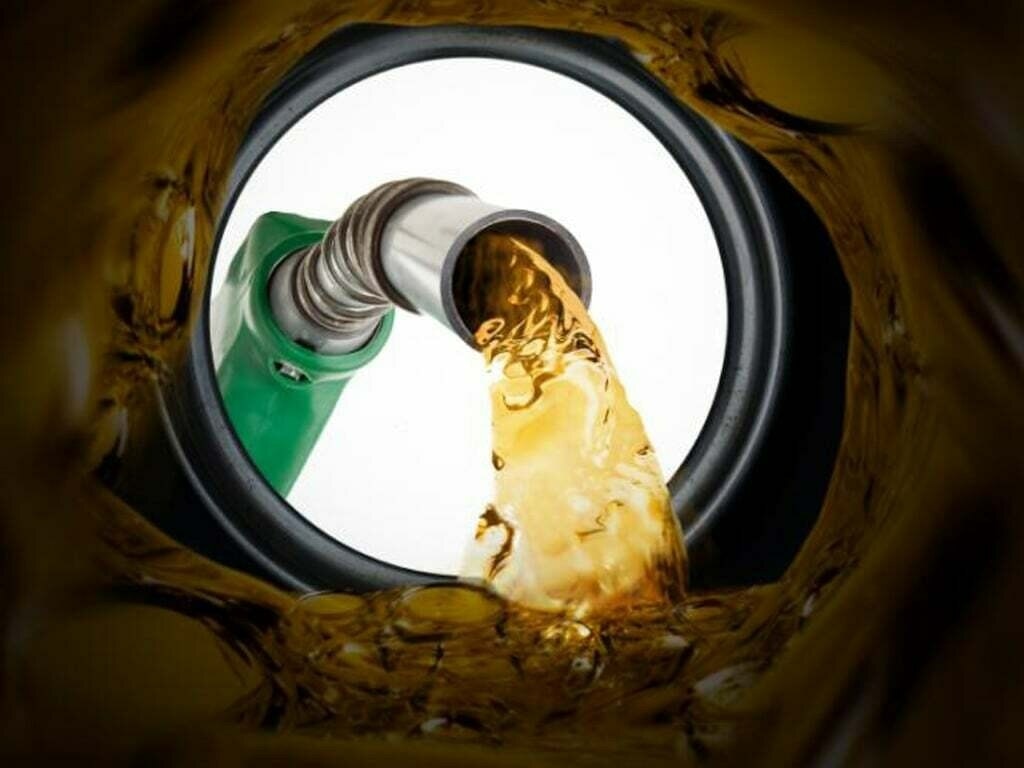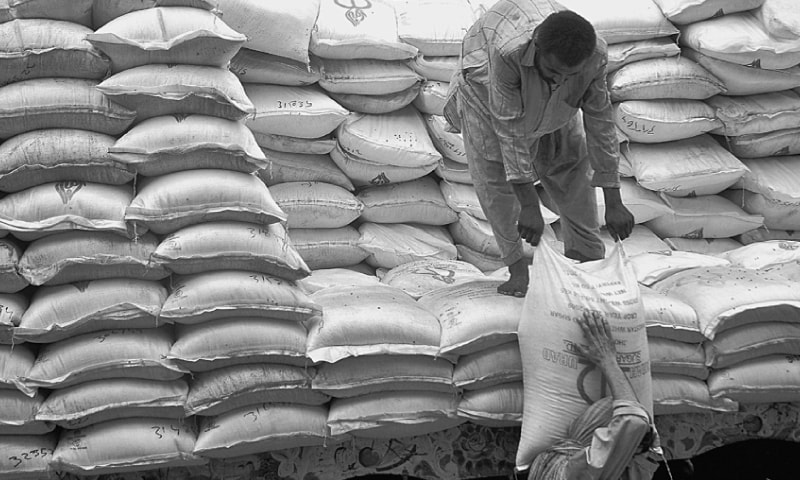Mohsin Siddiqui (Chief Reporter)
Petrol and high-speed diesel (HSD) prices are anticipated to decrease by approximately Rs6.50 to Rs7.50 per litre on May 31, despite a slight exchange rate loss. This change is driven by a bearish trend in the international oil market.
Informed sources reveal that over the last fortnight, the prices of petrol and HSD in the international market have declined by about $3.25 and $2.10 per barrel, respectively. This follows a previous drop of $8.7 and $4.3 per barrel for petrol and HSD, respectively. Such significant declines are expected to lead to a reduction in domestic prices.
Taking into account the Inland Freight Equalisation Margin (IFEM), the petrol price is projected to decrease by Rs7.25 per litre, and HSD by Rs6.25 per litre. The import premium on petrol has also decreased by approximately 7% in the last fortnight, dropping from $10.30 to $9.70 per barrel.
Despite the rupee losing about 10 paise against the US dollar during the same period, the overall impact is estimated to result in a Rs7 per litre reduction in petrol prices from the current ex-depot rate of Rs273.10. For HSD, the price is expected to fall by Rs6.25 per litre, subject to the final exchange rate adjustment and IFEM considerations, from the current rate of Rs274.08 per litre at the depot stage.
Officials noted that the price of petrol has fallen to approximately $95 per barrel from around $98.27 per barrel in the international market. Similarly, the price of HSD has decreased to $97 from $99.12 per barrel. Additionally, on May 16, the prices of petrol and HSD had already dropped by Rs15.93 and Rs7.88 per litre, respectively.
The government has reached the maximum permissible limit under the law for the petroleum levy, which is Rs60 per litre on both petrol and HSD. By the end of March, the government had collected Rs720 billion in the first nine months, aiming to meet a budget target of Rs869 billion as a petroleum development levy (PDL) on petroleum products for the current fiscal year. This target was part of the commitments made with the International Monetary Fund (IMF).
Higher prices of petroleum and electricity have been significant contributors to inflation. Petrol is widely used in private transport, small vehicles, rickshaws, and two-wheelers, directly affecting the budget of middle and lower-middle-class families. In contrast, HSD prices are particularly inflationary as HSD is used in heavy transport vehicles, trains, and agricultural machinery such as trucks, buses, tractors, tube wells, and threshers. The increase in HSD prices, therefore, leads to higher costs for vegetables and other essential goods.
Currently, the government imposes approximately Rs82 per litre in taxes on both petrol and HSD. Although the general sales tax (GST) is zero on all petroleum products, the government charges Rs60 per litre as PDL on both petrol and HSD. In addition, the government charges Rs50 per litre for high-octane blending components and 95RON petrol, and about Rs19-20 per litre in customs duties on both petrol and HSD.
Petrol and HSD are the major revenue-generating products, with monthly sales figures of about 700,000-800,000 tonnes compared to just 10,000 tonnes of kerosene demand. This high volume of sales underscores the significant impact that changes in petrol and HSD prices can have on government revenue and the overall economy.
The expected price reduction comes as a relief to consumers, especially those from the middle and lower-middle classes, who have been facing financial pressures due to high inflation. The government’s focus on adjusting prices in response to international market trends and managing the economic impact domestically will continue to be crucial in the coming months.




